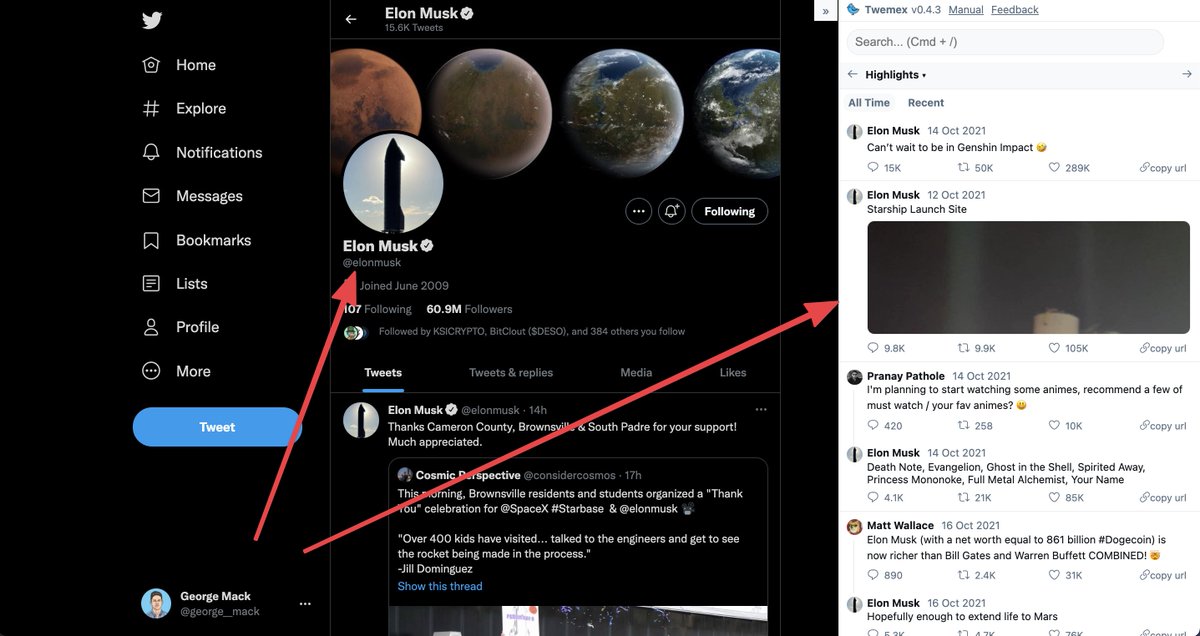The Ballad of Paul O'Neill:
Get a cup of coffee.
Today, I will talk about one of the brilliant management stories I have ever read. Let's get started.
1/
It was the year 1987, where a bunch of analysts and investors have teamed up to meet the new CEO of Alcoa.
Alcoa is one of the largest aluminum manufacturing firms where employees work in a dangerous environment. Millions have invested in the stock.
2/
Recently management has made missteps letting competitors take away profits and market share.
It was a sign of relief when investors heard about a management change.
The new CEO is Paul O Neill, who is a former Govt bureaucrat.
3/
AGM has started. Paul entered the stage. His only emphasis is *worker safety* He aimed to bring down worker injuries to zero.
He talked nothing about firm profits, capital ratios, taxes.
The investors were confused. They thought he is crazy and sold their shares.
4/
But to their surprise, the firm market value has increased from $ 3 billion in 1986 to $ 27.53 billion in 2000 while net income improved from $ 200 million to $ 1.484 billion.
What's more, all the growth occurred while Alcoa becoming one of the safest firms in the world.


